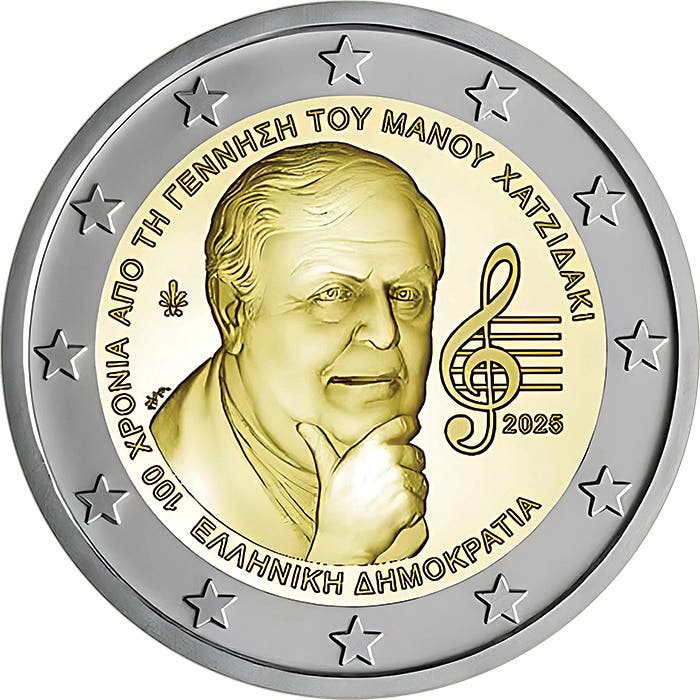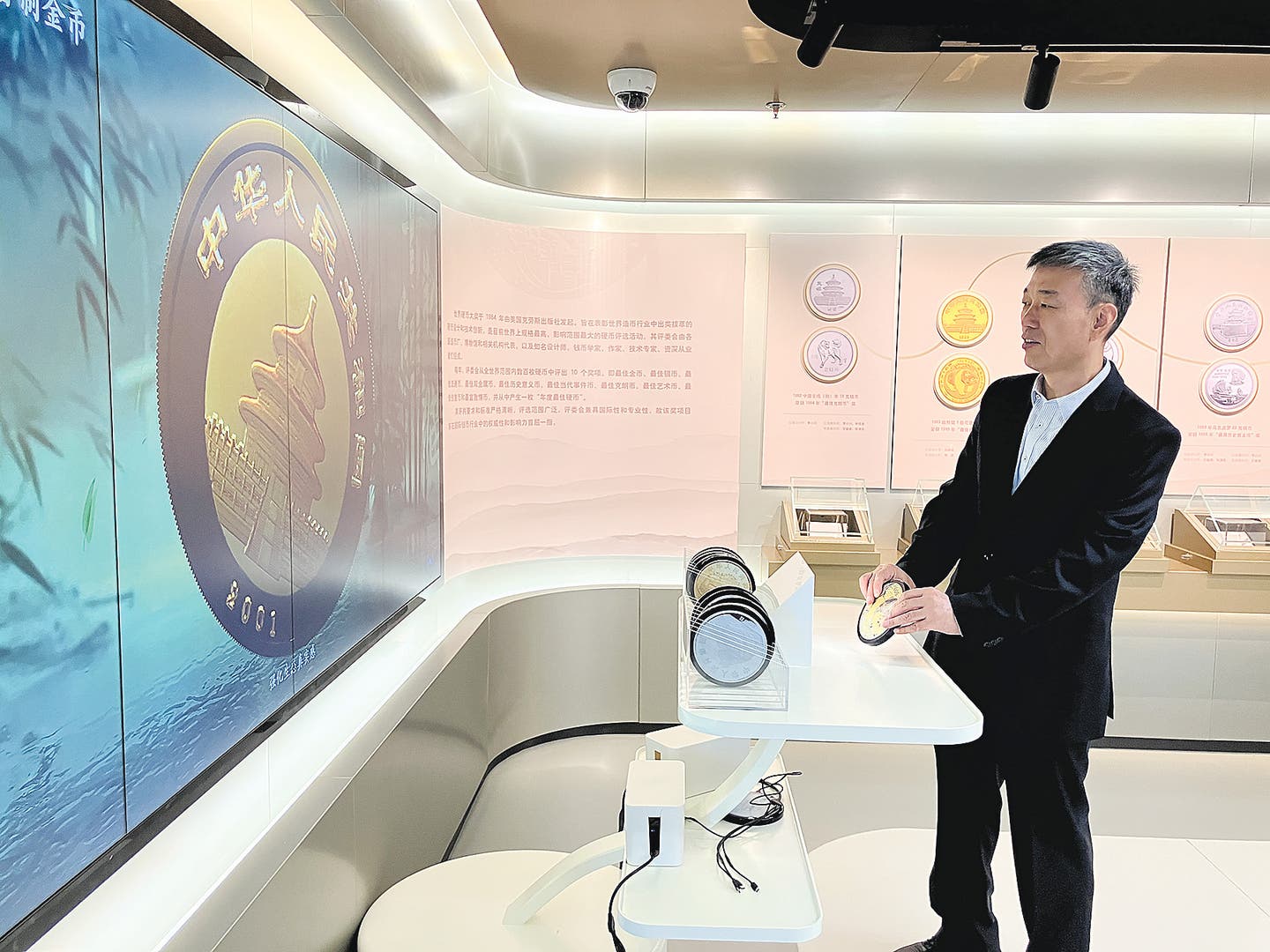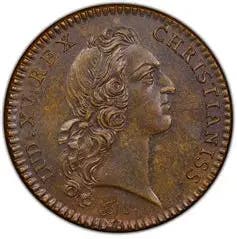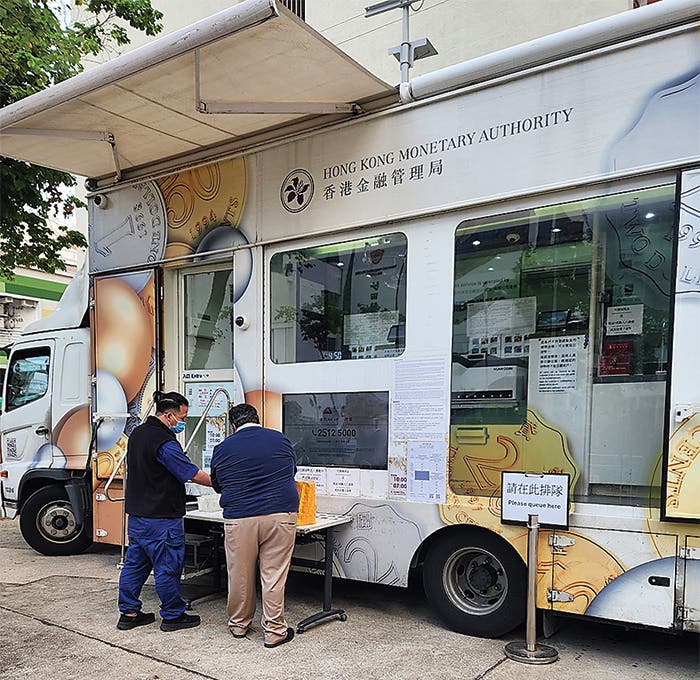New finds on older Lincoln cents
In recent months I’ve been highlighting error-variety finds on rather recent date coins that can still be found in circulation. However, collectors should know that new discoveries are still being…
In recent months I’ve been highlighting error-variety finds on rather recent date coins that can still be found in circulation. However, collectors should know that new discoveries are still being made on older coins that are not often encountered in circulation but may very well be hiding in your collection or even in that hoard of wheat cents you’ve stuck in the back of your closet.
Such a coin is a spectacular 1944 Doubled Die Obverse Lincoln cent with very wide doubling of the “9” of the date and lesser doubling in other areas. A lower grade was found by Robert Lawson of Ohio last year, which he kept as a rather closely guarded secret in the earlier months that he had it while he searched for a higher grade. After a diligent search, he found a brilliant uncirculated specimen in the later part of 2016 of which I became aware of just a short while ago.
The coin boasts a bold and well separated secondary “9” of the date shifted to the east (right) of the primary “9.” The shift is so wide that the secondary “9” is partially covered by the “4” of date. That is a super wide shift for a doubled die. Lesser doubling is also discernible on the 19 of the date, the Ts of TRUST and the eyelid.
According to John Wexler, (who is the only variety coin attributer/lister that I know of that has seen this coin in his own hand), “a die gouge can be found below the right side of the ‘C’ in CENT,” which serves as a marker for this stage of the coin. Wexler’s listing suggests there are quite a few other doubled die obverses for this date/mint with this one being listed by him as WDDO-022.
It should be noted that the doubling on the 44 of date, particularly noticeable on the serifs, is in the master die and will show to varying degrees on all cents of that year from all mints. This in itself adds no value to the coin as it is considered normal for the year.
Insofar as value goes, an actual sale in an auction is usually the best indicator, but short of that the closest coin to this one that is a common date is the 1934 Doubled Die Obverse cent listed in Cherrypickers’ Guide To Rare Die Varieties by Bill Fivaz and J. T. Stanton as FS-101. In uncirculated grades ranging from MS-60 through MS-65 they have it priced from $450 to $1,500.
It should be noted that many coins sell for much higher and some much lower than the book estimates. In fact I’ve seen some coins sell for 10 times CPG estimates, so this is only a guide. I’d suggest that the new 1944 DDO could go for somewhere within the price range of the 1934 once it gets into CPG, which Fivaz indicated is a ways off since they are now working on the Sixth Edition Volume II and this coin is suggested as a candidate for the 7th Edition Volume 1.
Lawson’s lower grade specimen was an AU with rim ding. It was sold ungraded raw on eBay for $330. His uncirculated example was graded by ANCS as MS-63 with no color designation given (according to Lawson).
Hub doubling during the pre-1997/98 era, was possible due to a phenomenon known as work hardening. This caused the metal of the face of a die to become too hard and too brittle to allow a complete image to be sunk into the die in one operation without causing it to crack or shatter. As a result, several impressions or hubbings were required to produce a die when using this process. Between each hubbing the die was removed from the press and annealed (heat softened) thus allowing for another impression without shattering the die. If for some reason a partially finished die was reinstalled into a press for strengthening and the hub and die was improperly indexed, resulting in a misalignment of images, hub doubling occurred. In my opinion this is a Class VII – Tilted Hub Doubled Die.
Readers finding any new varieties are encouraged to report them to Numismatic News editor Dave Harper at his email address: david.harper@fwmedia.com.
Ken Potter is co-author of “Strike It Rich With Pocket Change” and has been a frequent contribute to “Numismatic News” and “World Coin News” for many years. More information about the error club, CONECA, that he represents may be obtained from him at kpotter256@aol.com. An educational image gallery can be found on his website at http://koinpro.tripod.com.
This article was originally printed in Numismatic News. >> Subscribe today.
More Collecting Resources
• If you enjoy reading about what inspires coin designs, you'll want to check out Fascinating Facts, Mysteries & Myths about U.S. Coins.
• The Standard Catalog of United States Paper Money is the only annual guide that provides complete coverage of U.S. currency with today’s market prices.









